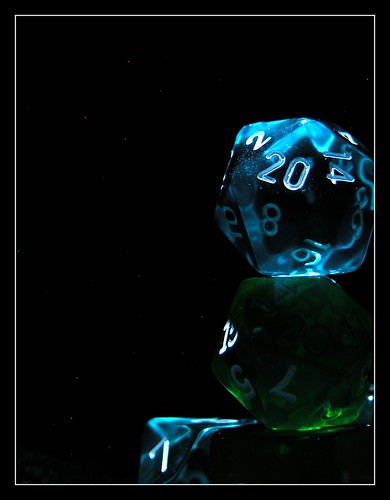As I sat at my desk sketching out a puzzle structure for my next game and listening to the latest episode of Radiolab, “Choice,” I started to think about complexity in goal trees. Just about any game’s structure can be represented as a tree (a partially-ordered set, really) of goals, some of which are required before others.
For the simplest of games, this tree consists of a straight line of nodes labeled something like “Reach Checkpoint 1,” “Reach Checkpoint 2,” and “Beat Boss.” Games with a hint of nonlinearity, however, can often have rather complicated goal trees. The simple tree has a branching factor of one. Each action, or node, has only one successor action. The game Planescape: Torment, on the other hand, has a branching factor of more than ten in some places, such as just after the player reaches the Clerk’s Ward. There are many the player can go or quests she can pursue, each separate and rather complex in its own right.
I’ve been playing The Elder Scrolls IV: Oblivion lately, and that is a game with a branching factor. Each town has four or more quests connected to it, in addition to the main quest, which itself sometimes branches into subquests. Add to this the guilds, of which there are at least four, and the game gets a bit intimidating for me. I hesitate to even mention the plugins and expansions. I walked through the door to the Shivering Isles, a whole new country with its own central plot, towns and sidequests. I think I lasted about fifteen minutes before I retreated back to Cyrodiil, overwhelmed. Oblivion‘s branching factor is a bit too large for my tastes. So what, then, is the optimal branching factor? Let’s look at some examples.
Continue reading The Terror of Choice →


